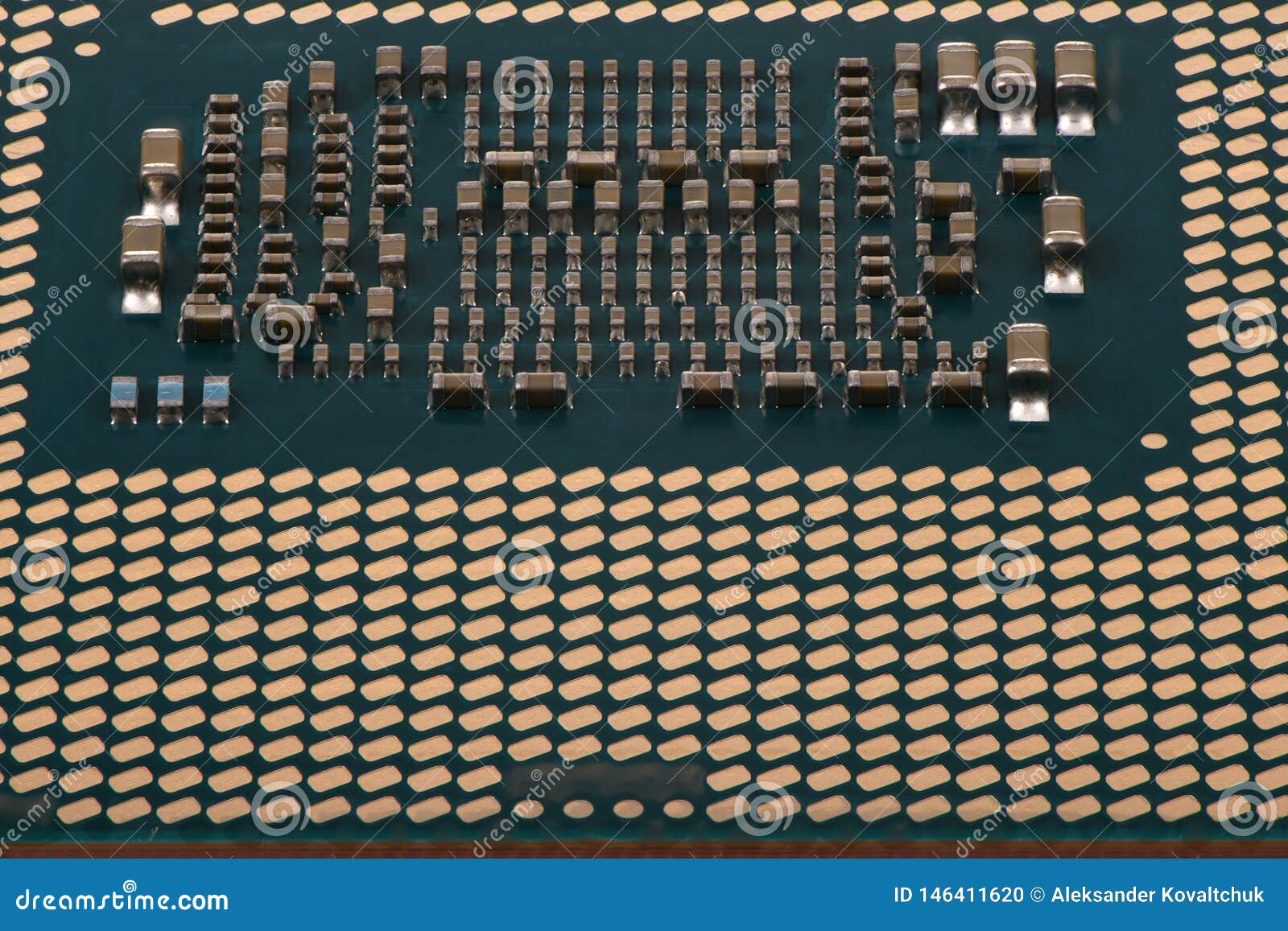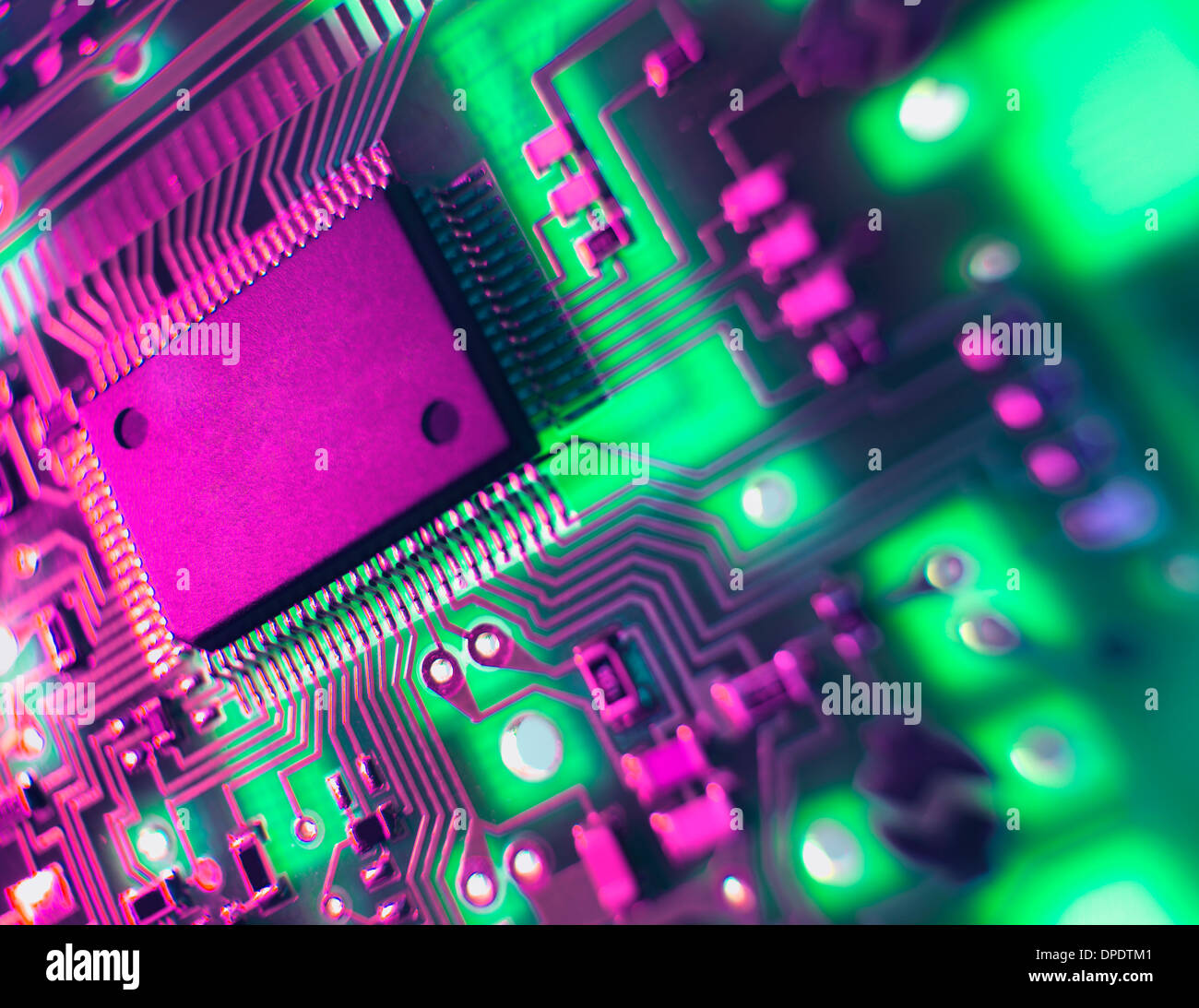
This process is experimental and the keywords may be updated as the learning algorithm improves. These keywords were added by machine and not by the authors. With the simulation system Retro, , we will be able to actually program, run, and test our CPUs.


Each CPU is designed to execute a specific group of instructions. We will use this level in this chapter to introduce gradually more complex components, which we will then use to construct a complete CPU. The purpose of the Central Processing Unit (CPU) is to carry out program instructions. The socalled register-transfer level is somewhat in-between, describing CPU components and their interaction on a relatively high level. Hardware can be described on several different levels, from low-level transistor- level to high-level hardware description languages (HDLs). Modern microprocessors and microcontrollers provide on a single chip the CPU and a varying degree of additional components, such as counters, timing coprocessors, watchdogs, SRAM (static RAM), and Flash-ROM (electrically erasable ROM). It comprises the ALU (arithmetic logic unit), responsible for the number crunching, and the CU (control unit), responsible for instruction sequencing and branching. It constitutes the physical heart of the entire computer system to it is linked various peripheral equipment, including input/output devices and auxiliary storage units.

But as computing demands evolve, it is not always. central processing unit (CPU), principal part of any digital computer system, generally composed of the main memory, control unit, and arithmetic-logic unit. The CPU (central processing unit) is the heart of every embedded system and every personal computer. Central Processing Units (CPUs) and Graphics Processing Units (GPUs) are fundamental computing engines.


 0 kommentar(er)
0 kommentar(er)
